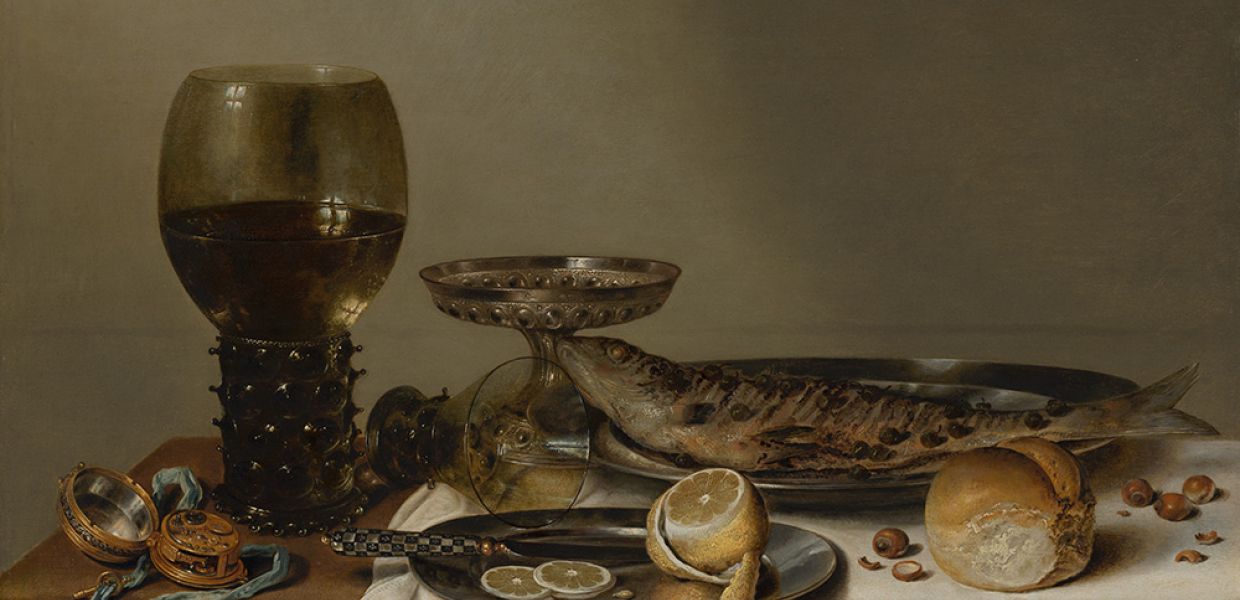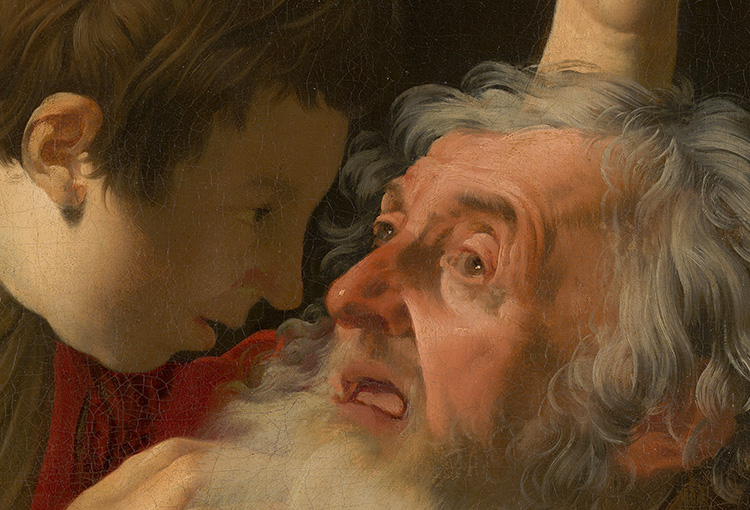Beyond the walls of our museum: open access insights from the Mauritshuis
Last year, the Mauritshuis published its collections in Europeana Collections in high-resolution and in the public domain, joining leading institutions in the OpenGLAM movement to promote open access to cultural heritage.
Curator Lea van der Vinde tells Douglas McCarthy how open access helps the Mauritshuis fulfil its mission.

- Title:
- Still Life with a Roemer and Watch, 1629
- Creator:
- Willem Claesz Heda
- Institution:
- Mauritshuis
- Copyright:
- Public Domain
Why does the Mauritshuis feel it is important to make its collection available outside of the museum? Who are you trying to reach?
We believe that the artworks in the collection of the Mauritshuis are of great importance to many people. They evoke feelings and thoughts, spark interest and creativity, and so much more. So sharing images of the works freely for people to enjoy, but also to use for educational and research purposes, is very important to us. The mission of the Mauritshuis is to share the best of Dutch Golden Age painting in our building – but of course, the impact of the collection goes well beyond the walls of our museum, and by providing high-resolution images of the artworks we are able to share these treasures with many more people than ever before.
What advice would you give to other museums considering opening up their collections?
In these times, digital access to cultural heritage is of great importance. Our audience (rightly!) expects to be able to find high-resolution images of artworks from the collection on our website, as well as on digital platforms like Europeana Collections. One of the main reasons for digitising collections is to make them more available to the public, of course, but releasing the digital images into the public domain truly makes them as accessible as possible.
The quality of the digitised artworks is fantastic. How did you go about photographing the collection?
With around 850 artworks, the collection of the Mauritshuis is rather comprehensive, which provided us with the opportunity to start a digitisation project with the (realistic!) goal of creating new high-resolution photography of the entire collection. This project was made possible by a donation from the BankGiro Lottery. We knew it would be a major undertaking, especially as we decided to photograph every painting in detail in an unframed state, both front and back, and also including the (current) frame. The renovation and expansion of the Mauritshuis during the years 2012-2014 presented us with the perfect starting point. At that time, a large part of our collection was kept in storage and therefore easily available for photography.

The Liberation of Peter (detail), 1624. Hendrick ter Brugghen. Mauritshuis, Public Domain
What do you hope to achieve through working with Europeana?
We hope more people will connect with the artworks of the Mauritshuis and with great artists like Rembrandt, Frans Hals, Johannes Vermeer, Rubens, Hans Holbein, and so many more. Sharing the images of the collection on Europeana will surely have a great added value because the Mauritshuis collection has now become part of the immensely rich Europeana collection of over 50 million digital items! This opens up many possibilities for reuse and sharing.
Finally, tell us about your some of favourite objects in the Mauritshuis.
I am glad that I'm not asked to single out only one favourite! Of course I love Vermeer and Frans Hals, but I also have a soft spot for the lesser-known masters, or paintings of the famous ones that are, for some reason, not generally as well-known. Rembrandt, for instance, is represented in the Mauritshuis with several masterworks, like the Anatomy Lesson of Dr Nicolaes Tulp. It’s easily overlooked, but we also exhibit a tiny work by him, painted in expressive brushstrokes on a copper plate. It pictures a bearded man with a rather infectious laugh – it’s impossible not to smile back at him when you see it! Also the works by 17th century female artists, like this exquisite still-life by Clara Peeters, are amongst my personal favourites.
